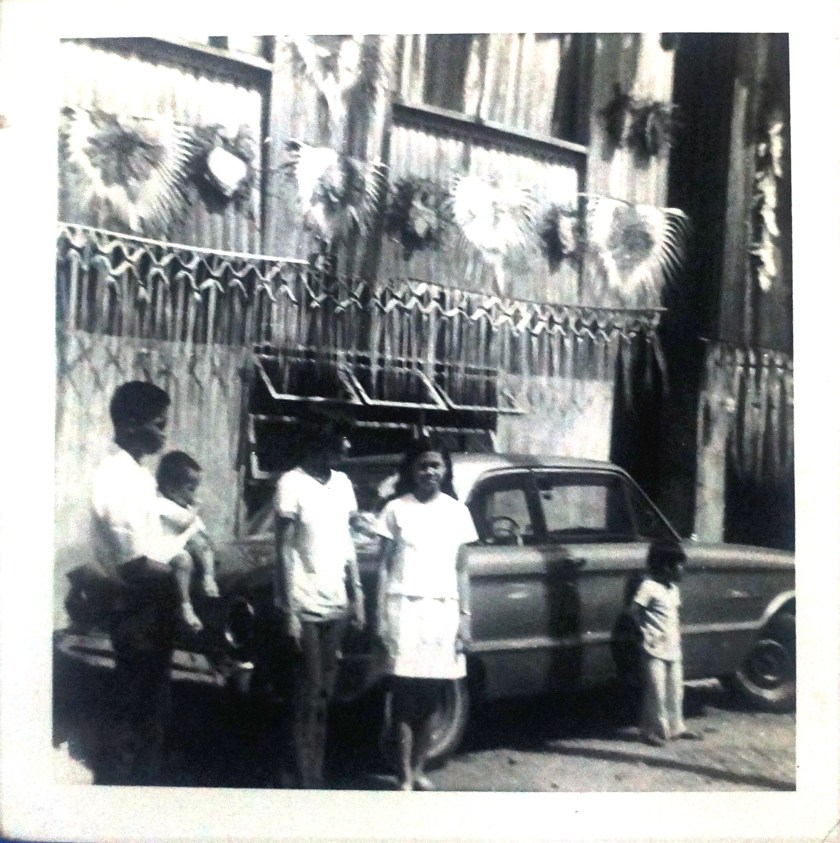Pahiyas Festival: Teope Legacy
Pahiyas Festival is a yearly festival in honor of San Isidro de Labrador for the good harvest of the town in Lucban, Quezon. Every 15th of May the creativity differs from house to house with colorful kipings, anok, different fruits, vegetables, root crops and rice barn, woven hats and other native products, delicacies and food that originated from Lucban.
The family of Teope is known for creating famous designs for the Pahiyas Festival. The ancestral house of Teope is along Regidor Street and always refers to as Daang Dalahican, a commonplace known by Lucbanin’s. During the early days, Daang Dalahican was a street filled with award-winning payas.
The Teope family always bagged awards every Pahiyas Festival for the years that the route will end up on their street. Even the extended families of Teope who live in other streets also make a beautiful design that also generates awards. The kin also established themselves as creator of kiping. Some of the Lucbanin buys kiping to the different Teope kin who made the kiping their business.
Pahiyas Gallery

Pahiyas 1970’s













Some photos of the old house are also featured in a local Museum with their rice gallery and another one was used as postcard.

How to Make Kiping by Teope
We would like to give our heart felt appreciation to the different TV programs to feature the Teope Family particularly Bert Teope about the “Making of Kiping” and also for the International Rice Research Institute. Credits are due to the Youtube Channels respectively.
For other posts about Lucban, check this out: Lucban Pahiyas Festival, Lucban, Quezon, Kamay ni Hesus
Note: Please check with the Lucban Municipal Tourism Office for the requirements needed to visit the destination. Please contact 0425401279 or email at lucbantourism@yahoo.com.













































